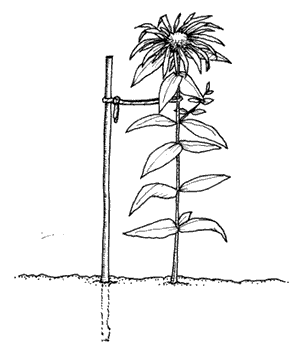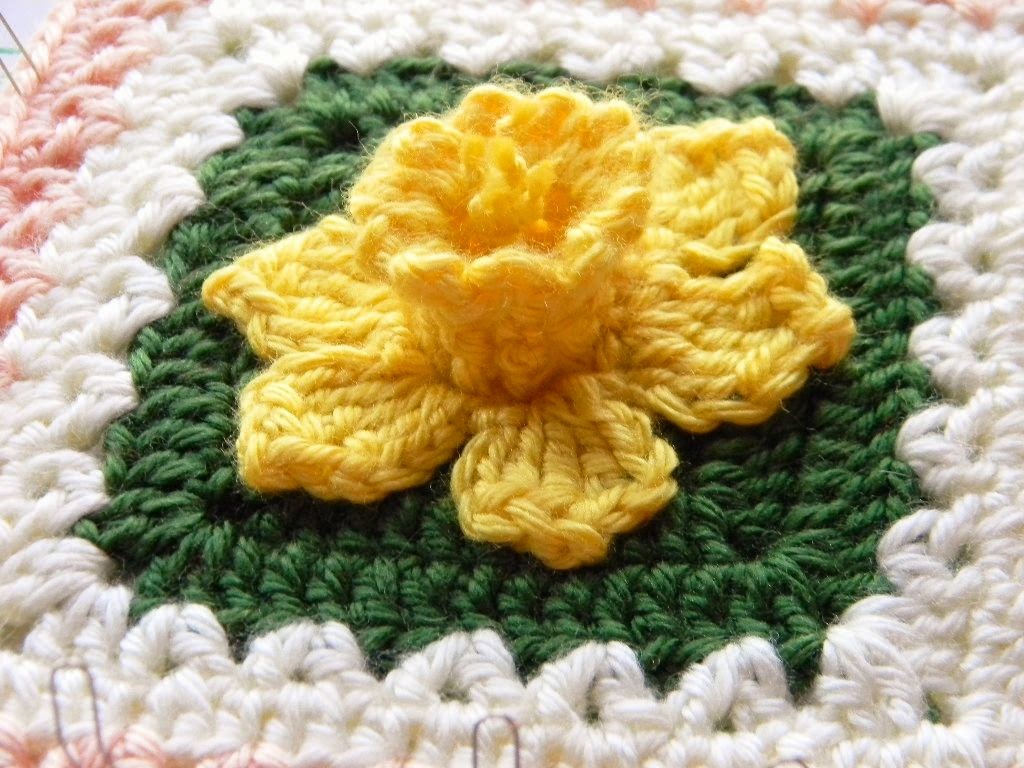This is
Part 2 of my research, which addresses
yarns & fibers, and why it's necessary to wash items made with them.
(Click here for Part 1: Fabrics)

As discussed in
Part 1, the chemicals and pesticides used in manufacturing processes are causing lots of allergies, and serious health issues.
No one wants to pass that possibility along, especially to children or the elderly. You, yourself, may be encountering topical allergies or breathing problems and not be aware that this is even an issue. Even with "natural" fiber yarns, such as wool, if you encounter an allergic reaction, it is likely to the chemicals and/or pesticides in them - not the wool.
Please note: I am not an expert, so I get my information from experts, and cite all my sources. Personally, I'm not going to argue with the experts. First, they are more knowledgeable on these subjects than I am, and second, I don't have the energy. But if you've a mind to argue with them, I fully support your right in doing so!
The information in this blog are excerpts.
Please click the source link to view all information.
Yarn contains chemicals, even "all natural" ones such as wool, cotton, and silk*
*May not apply to certified organic yarns and fibers - give them a try if you have allergic or other reactions. Just check the certification source that tracks it from raw material through the manufacturing process through shipping (fibers/yarns are often treated with chemicals to keep them from mildewing during shipping and storage).
Industrial spun yarns are produced in high volume for the high speed power looms and weaving factories. These yarns have been chemically treated through several processes to make them “behave” for the weaving machinery. A vast majority of mill-end yarns are sold to hand weavers. These are the industrial “left-overs” from the industrial weaving runs, and are re-marketed to hand weaving supply houses. For the most part, the yarns are good quality yarns. It is just good to remember that they should be well cleaned to remove any finishes and residues.
Even raw spinning fibers need to be cleaned. Cotton is sprayed with chemical defoliants for easy picking not to mention the entire barrage of insecticides used during the growth of plants for fibers. Many fiber animals are treated for lice by sprays, dipping, and powders. These facts alone merit a good fiber cleansing!
According to Yarn Obsession, in their article, How safe is my yarn?:
All yarn artists have a stash. In that stash are many yarns. However, in that stash are also toxins that were used to manufacture the yarn.
 Chemicals are applied to yarns and other materials because man-made fabrics are complex, and getting soft yarn out of raw materials takes chemical manipulation.
Chemicals are applied to yarns and other materials because man-made fabrics are complex, and getting soft yarn out of raw materials takes chemical manipulation.
As a yarn artist there are a few things you can do to limit your exposure but being aware is a first step. It may cost you more in the beginning, but in the long run it will be best for you, your family and your clients if you do even one of the following suggestions.
- Use more natural and organic fibers such as cotton, hemp, wool, silk, linen and cashmere.
- Once you’ve completed a project, wash it at least 3 times with a non-toxic detergent before wearing or packaging.
- Store your synthetic stash in a well ventilated area away from your main living area so you are less exposed to the toxins and “let it air” by storing in a “breathable” container instead of a plastic bin.
My opinion...
It's quite a sticky situation isn't it?
On one side: Environmentally speaking, acrylic yarn is a baddie, but it is what I use because it is what I can afford.
On the other side: Acrylic yarn causes the least allergies of any other yarn fiber. That's why hospitals request acrylic be used by groups that, for example, send hats to cancer patients, or to premie babies.

However, I will also re-think my yarn choices. and look for good sales to integrate natural fibers in, too (of course laundering them, as well).
Sadly, we don't live in a chemical free world, and it's not practical or even obtainable to do so. It's in paper, cosmetics, our carpets & padding, wall paper, paint, vinyl and hardwood flooring, insulation, the lumber is in our houses, in shingles, furniture & fabrics, pillows, in the air we breathe, the water we drink, and the food we eat.

All we can do is try to avoid them when we can, make the most responsible decisions we are able, under the circumstances we are given at the time.
What do you think? Let me know your opinion!



















































